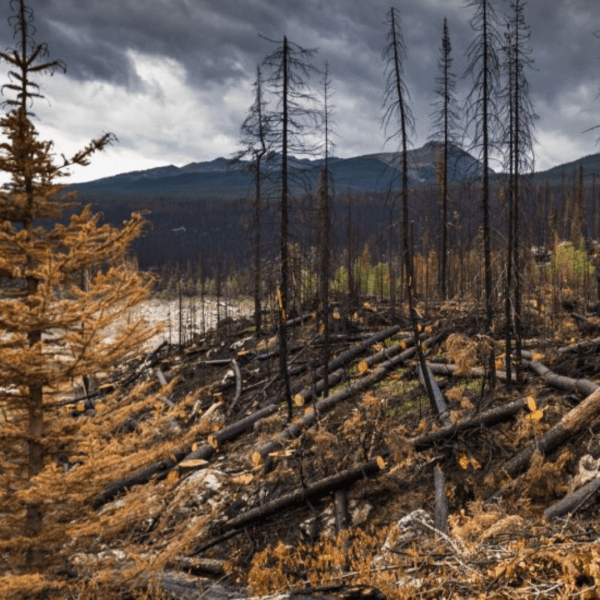Professor Matthew Hansen Explores Link Between Land-Use Change, Climate Change in WRI Blog Post
Hansen and Craig Hanson from the World Resources Institute examine the connection between land-use change and climate change, featuring UMD GLAD's innovative tools like Global Tree Cover Loss, Global Tree Cover Loss Due to Fire and DIST-Alerts.
Land-use change has long been recognized as a major contributor to global warming. Deforestation and agriculture alone account for nearly 25% of human-caused greenhouse gas (GHG) emissions.
One might think this effect is uni-directional: Cutting down trees, plowing up grasslands and draining wetlands release GHGs that fuel climate change. But satellite monitoring shows that this relationship is a two-way street. Climate change itself is increasingly leading to the loss and degradation of forests, grasslands, wetlands, rivers and even farms, creating a dangerous feedback loop.
Hotter, Drier Conditions Accelerate Forest Fires
Let’s look at wildfires. As the graphic below shows, large-scale fires burned more than twice as much forest over the past decade (2015-2024) than they did in the previous one (2001-2010). A warming climate is creating hotter, drier conditions for longer periods of time, escalating fire risk.

Main image from the World Resources Institute blog post
Published on Mon, 11/17/2025 - 09:14


